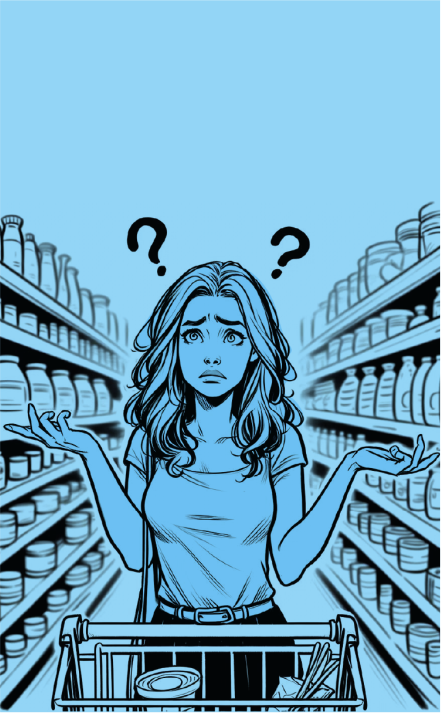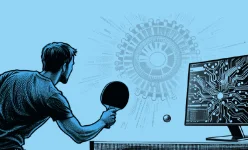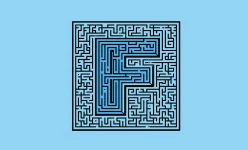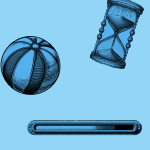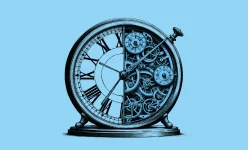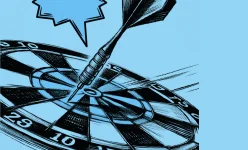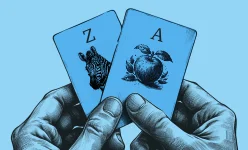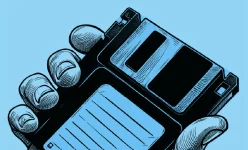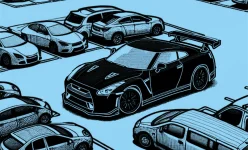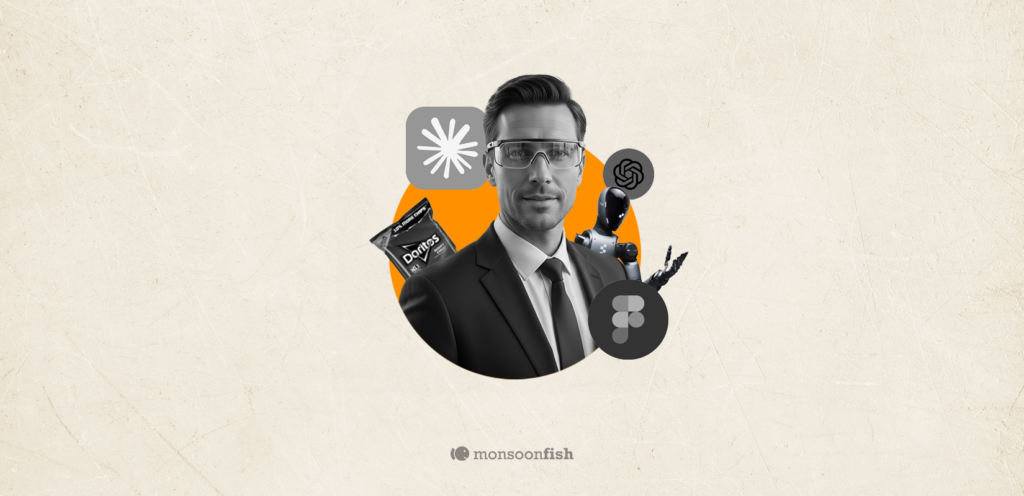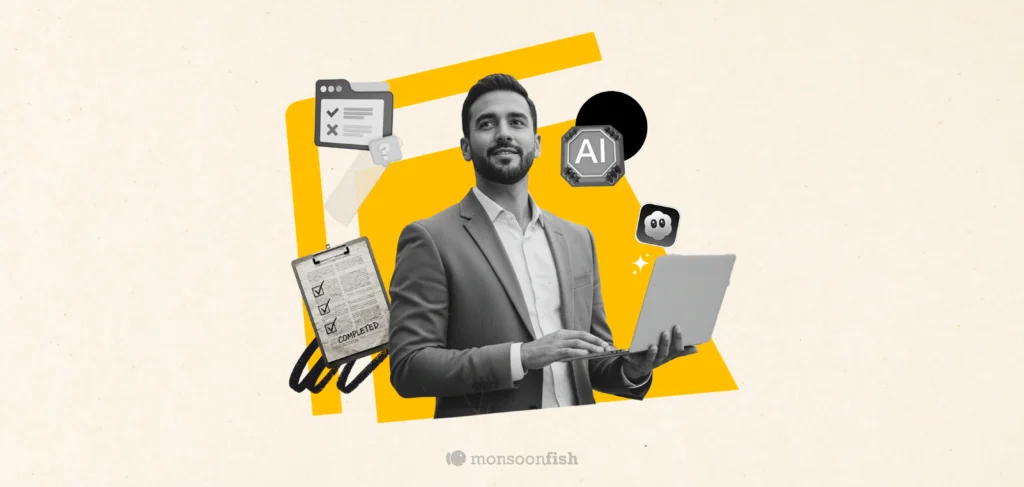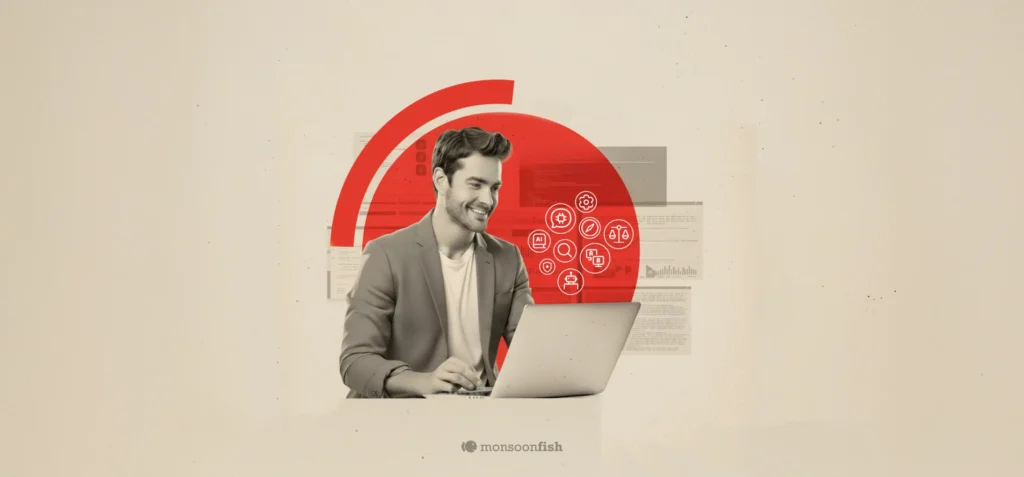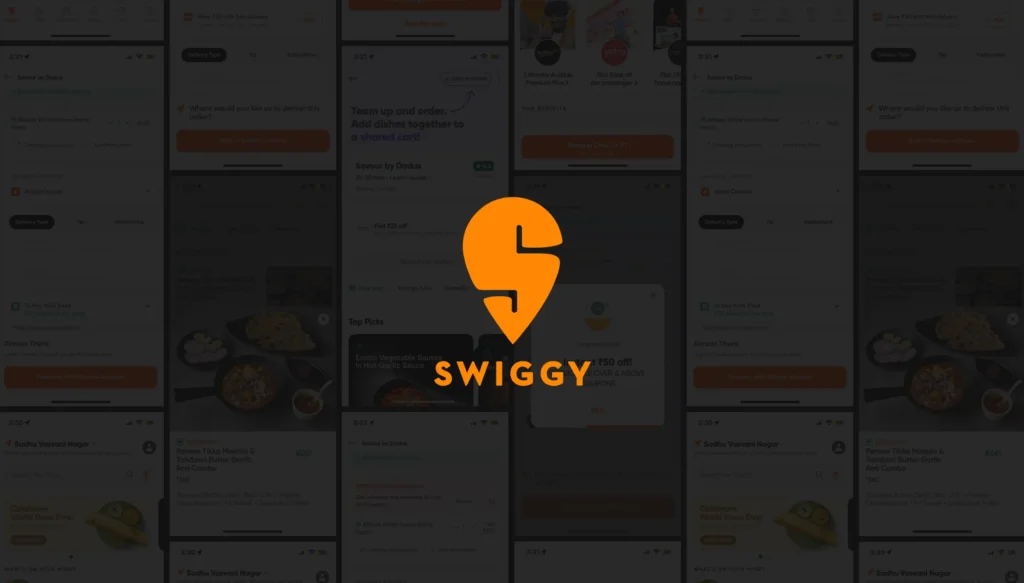Hicks Law
Decision-making slows as the number of choices increases, but simplifying options can speed it up effectively.

Hicks Law
Hick’s Law explains how the number of choices a person has directly affects the time it takes for them to make a decision. The core idea is simple: the more options someone has, the longer it takes them to choose. This happens because the brain has to process and evaluate each option before deciding.n a bustling town, a talented chef named Matt ran a popular restaurant, The Flavor Garden. Known for his culinary skills, the restaurant was always packed. But Matt noticed a growing problem—customers were taking too long to decide what to order, causing delays in service and frustration in the kitchen.
Determined to fix it, Matt had an idea: Give people better options to choose from! He expanded his menu to include over 50 dishes from around the world, confident this would excite his customers and make them order for food faster.
But the results were the opposite. Customers spent ages flipping through the menu, overwhelmed by the choices. The waitstaff grew impatient, the kitchen fell behind, and some diners left without ordering. Matt was puzzled.
One evening, an elderly regular named Mr. Sharma offered some advice: “Too many choices can paralyze people. Simplify your menu, and you’ll make decisions easier for everyone.”
Taking the advice to heart, Matt revamped his menu, cutting it down to just 15 curated dishes. The change was immediate. Customers ordered faster, the kitchen ran smoothly, and satisfaction soared. The restaurant became even more successful—not for its variety, but for its simplicity and efficiency.
Hick’s Law reminds us that the more choices people have, the longer it takes them to decide. By simplifying options, you reduce decision-making time and improve the overall experience. Sometimes, less really is more.
Contents
CATEGORIES
